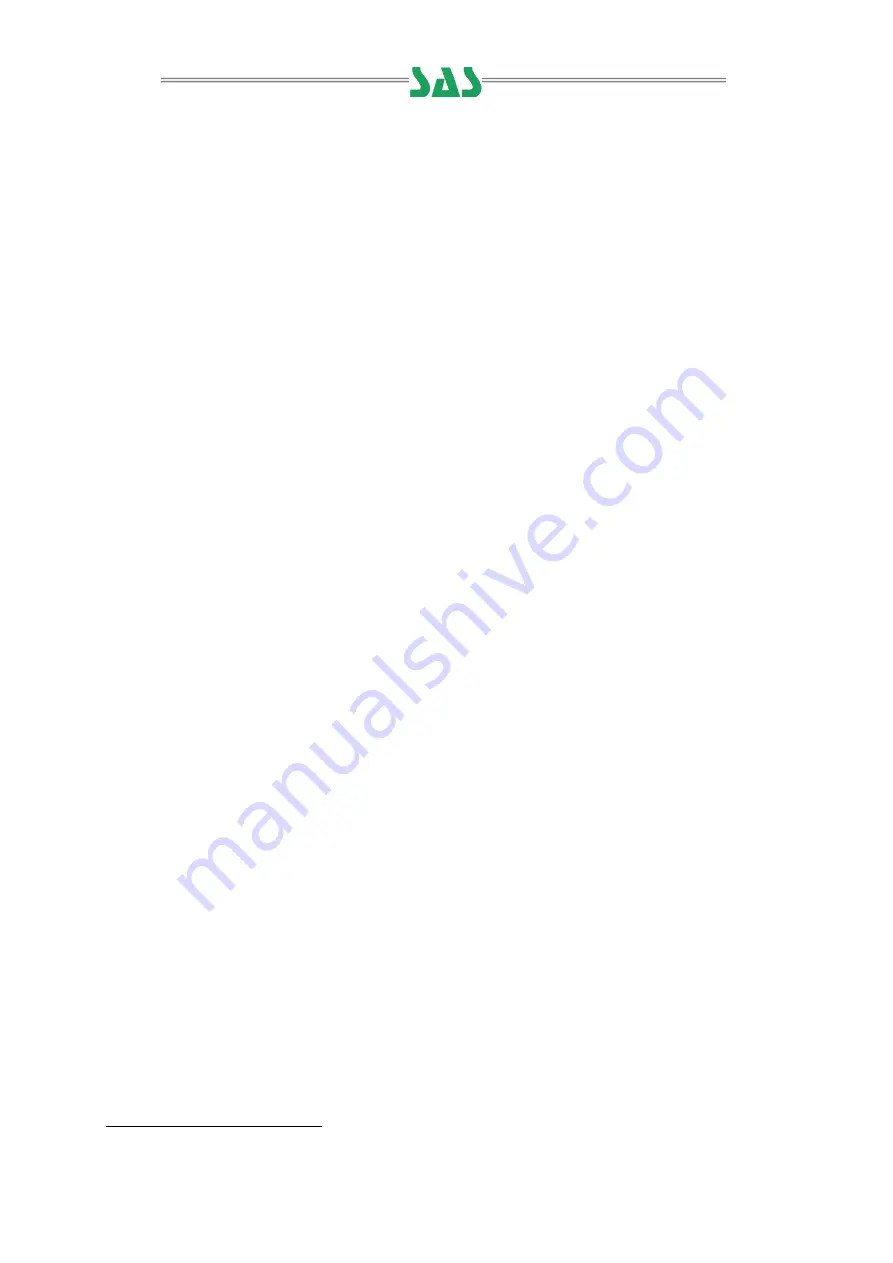
6
replaceable. Between water grates there are cast iron movable grates (pos.
12
∗
).
Under the heat exchanger there is an ash box chamber. Fuel charge door (pos.
6), furnace door (pos. 7), and ash box door (pos. 9) are traditionally placed on
the front wall. Those door render easy access for the purpose of furnace and
ash box chambers cleaning. Additionally, for this type of boiler, there are front
washout door (pos. 5), enabling boiler’s fumes channel cleaning.
To the upper part of a heat exchanger a hot water connection is welded (pos. 20),
and to the lower, on the back wall, a return water connection is welded (pos. 24).
There is also blowdown connection (pos. 25) on a sidewall. Fumes are transferred to
a chimney through a smoke conduit (pos. 21) placed at the back of a boiler. The
Smoke conduit is equipped with smoke throttle (pos. 23), for draught regulation.
On the side of smoke conduit there is opening used for cleaning operations (pos. 22).
The whole heat ex changer body is wrapped with insulation material (pos. 2), a
mineral wool type, filling the space between the heat exchange and boiler’s
casing, (pos. 1). SAS UWT boilers are equipped with controller and blow-in fan.
Boilers work based on forced air admission. Such a process is run by blow-in fan
(pos. 17), and electronic controller (pos. 16) connected to the mains.
The basics of a boiler unit functioning, a boiler itself, a controller (temperature
regulator) and a blow-in fan, is the principle, that the boiler’s temperature level
refers exactly to the value set on the controller. The controller measures
constantly the water temperature In a boiler, and depending of the value
operates the fan. This way the volume of delivered air for fuel combustion process is
regulated. At the same time the controller operates a circulation pump of heating
system (if such is provided). Detailed design, operations and exploitation of a
controller description is attached to the controller manual.
A boiler is adapter to operate with natural fumes draught utilization. Its
exploitation runs without electric power supply (instead, efficient, permeable flue
is required). In such a case, the combustion process may be regulated manually
with air volume regulation screw placed in the air intake dosage flap (pos. 10) or by
means of air draught regulator (pos. 14) (the air draught regulator itself, is not a
standard equipment of a boiler, however it is possible to attach it to the connector
placed in the upper part of a boiler). The air draught regulator is connected to the
air flap. It performs dosing the air for combustion process. Water temperature in
a boiler may be red on thermometer (pos. 26, standard equipment).
∗
Does not apply to boilers of power above 36kW







































